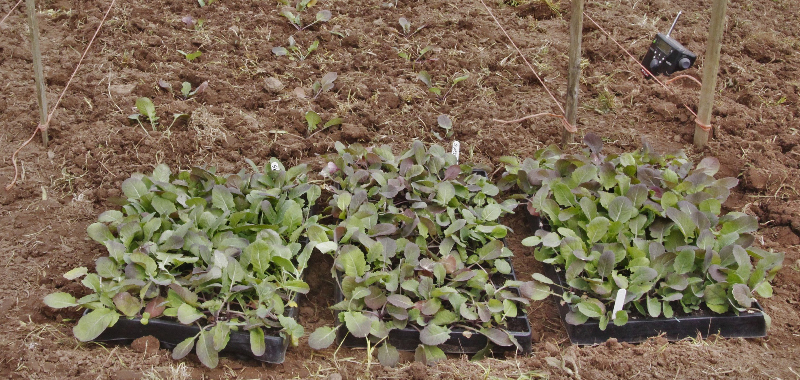For his Hackaday Prize entry, [TegwynTwmffat] is going all-in on autonomous robotics. No, it’s not a self-driving car with highly advanced features such as cruise control with lane-keeping. This is an autonomous robot that’s capable of driving itself. It’s a robot built for agriculture, and relative to other autonomous robotics projects, this one is huge. It’s the size of a small tractor.
The goal [Tegwyn]’s project is to build a robot capable of roving fields of crops to weed, harvest, and possibly fertilize the land. This is a superset of the autonomous car problem: not only does [Tegwyn] need to build a chassis to roll around a field, he needs accurate sensors, some sort of connection to the Internet, and a fast processor on board. The mechanical part of this build comes in the form of a rolling chassis that’s a bit bigger than a golf cart, and electrically powered (although there is a small Honda generator strapped to the back). The electronics is where this gets really interesting, with a rather large board built to house all the sensor and wireless modules, with everything controlled by a TC275, a multicore, 32-bit microcontroller that also has the world record for solving a Rubik’s cube.
Already, [Tegwyn] has a chassis and motor set up, and is already running some code to allow for autonomous navigation. It’s not much now — just rolling down a garden path — but then again, if you’re building a robot for agriculture, it’s not that hard to roll around an open field. You can check out a video of the bot in action below.


















Definitely knows where it’s heading!
if he wasn’t over the pond i would say he should jump in the agbot challenge with that thing. looks great
Would love to have you in 2019 competition! Check out our program http://www.agbot.ag
I’d love to attend – program looks very interesting.
When this slowtonomous robot reaches the field, the crop will be already spoiled …
PERFECT comment … Now, I simply MUST add this!
https://youtu.be/U6R7uGQkqpQ
????
It will drive a lot faster than that – it was just a demo of GPS navigation and slow allows steering to react relatively quicker.
Love it, especially the bare PCBs :)
Did a somewhat similar (school-) project with partners around 2013-2015, which uses a beefy PLC (does this contradict?) and is also controllable via (W)LAN:
https://youtube.com/watch?v=VPSSeeRsd_k
btw: the background music is not the original one, have a guess which one would suit
Here in WY some students worked at a robot with the same name some years ago too ;-)
_WG_
John Deere and Cat have this also.. Runs on GPS signals..
Bully for them. I’ll bet you though that their R&D budgets are a little more generous than [Tegwyn]’s
Their budgets will be about 200x mine and their machines will be 3x as expensive to make.
As a farmer I always like seeing these projects. Once they work it will replace a lot of herbicides and big old equipment. The big tractor companies are working on bots but none of it has trickled down to us yet. I believe they aren’t agile enough to innovate, it will be a little guy who has the agbot breakthrough.
The tractor companies will also make the machines hack proof so no development / add ons /repairs can be made except by main dealers / host company.
Love reading about and seeing all the advances in agriculture. We give innovators a place to showcase their designs and talent just like this! Keep up the great work!
Man, just think… lasers like using a bunch so only the combined beams will kill bugs or maybe even scan to heal infected crops with a LiDAR or something safer on the agribots to perform sensing and healing transmission. No need for pesticides.
Just bio-equivalent stuff, processing and waste rotations. The toxic minerals and crap can be sealed off for nucleogenesis recycling process plants or batteries or something sealed up really well.